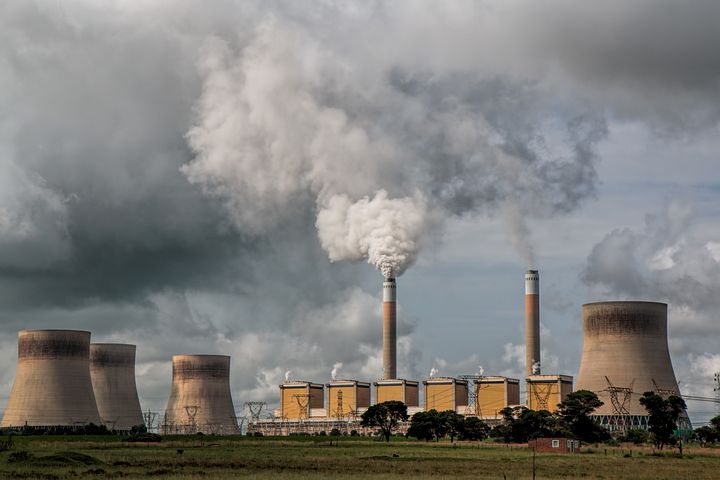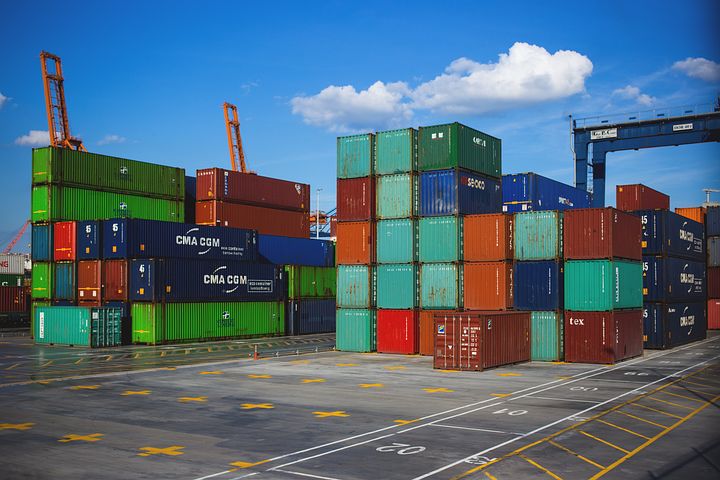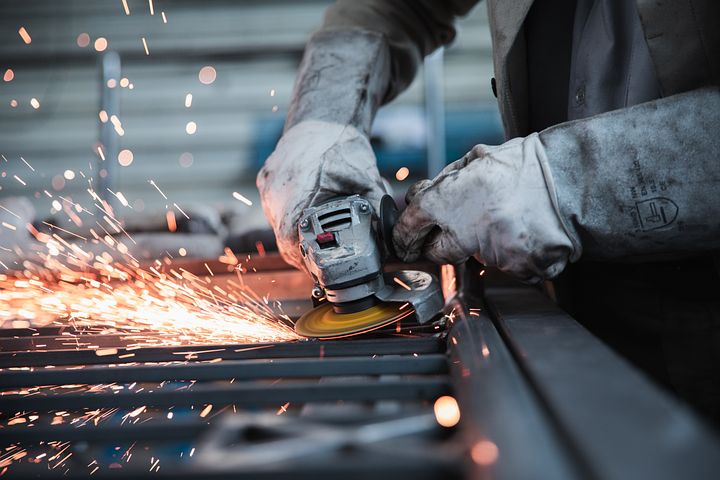What Are The Stages Of Industrial Development?
Industrial development is enhancing a nation's capacity for production and manufacturing. A country must pass through several stages to experience economic growth and development.
The pre-industrial stage is the first phase of industrial development. It is also called the planning stage. The economy currently relies heavily on agriculture and the extraction of natural materials. Most of the population lives in rural areas, with few chances for wage work—low productivity and technology levels and low per-capita income.

Some factors define different economic stages. The second stage is the industrialization stage. At this stage, the economy begins to shift from agriculture to manufacturing. New industries emerge, and existing industries expand. The population starts to migrate from rural areas to urban centers, and wage employment becomes more common. Introducing new technologies, increased productivity, and higher income per capita characterize this stage.
The third stage of industrial development is the post-industrial stage. At this stage, the economy shifts from manufacturing to services. The manufacturing sector becomes more automated, and the service sector becomes the economy's dominant sector. This stage is characterized by high levels of technology, high levels of productivity, and high levels of income per capita.
The fourth stage of industrial development is the advanced industrial stage. At this stage, the economy is highly developed and diversified. The service sector is dominant, but manufacturing still plays an important role. High technology, productivity, and income per capita characterize the economy.
Due to the complex nature of the stages of industrial growth, some nations may skip some of them or go through them in different patterns. But the industrial development process is vital for economic expansion and development. It enables countries to transition from low to high-income levels and from a primarily rural economy to an urban environment.

What Three Factors Did Industrial Development Depend On?
1. Foreign Direct Investment (FDI)
This is defined as a cross-border investment often done by people from outside the borders. The more foreign direct investment that comes into the country, the better the chances for such an economy to become grow. Most of the things that often contribute to the biggest FDI in any country is the manufacturing sector, as seen in countries like the United Kingdom, which accounts for $36 billion in FDI, Ireland $37 billion; and the United States accounting for $86 billion.
2. Natural Resources
Natural resources have always been the greatest part of the industrial development of any booming economy. This is exemplified in countries like Russia which has the biggest crude oil production in the world and is the sole supplier of crude oil products across Europe. Other countries with abundant natural resources include Zimbabwe (Gold), Biafra Land (Crude Oil, Coal, and Natural Gas), Canada (Sheer Gas), and the list continues.

3. Financial Development
A country's banking industry usually determines this factor. When a country's economy is booming, the financial sector will be the first place it will reflect. This scenario can be seen in countries like Switzerland, Luxembourg, and New Zealand.
Conclusion
The stages of industrial development significantly influence the growth and development of the economy. They represent the various phases a country must go through to increase its capacity for industry and production. Even though, sometimes, the process may not be straightforward, governments need to expand their industrial sectors to achieve long-term economic growth and prosperity
(Writer:Seli)





